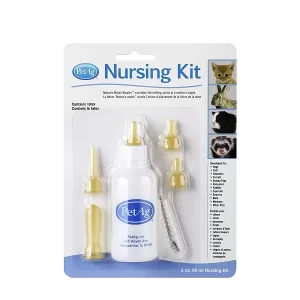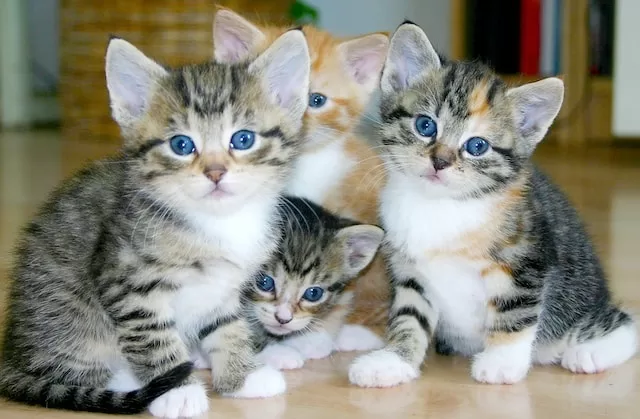Bringing home a new kitten is an exciting experience, and one of the first things you’ll want to know is how to feed your furry friend. While milk might be the first thing that comes to mind, it’s important to understand that kittens have different nutritional needs compared to adult cats.
In this, we’ll explore the topic of milk for kittens and how to use it to ensure your little ball of fur grows up healthy and happy.
Why Milk is Important for Kittens
Milk plays a vital role in a kitten’s early life. It provides essential nutrients and antibodies that help them grow, stay healthy, and develop properly. However, it’s essential to note that not all milk is created equal when it comes to kittens.
The Right Kind of Milk for Kittens
Kittens should only be given their mother’s milk or a suitable kitten milk replacement formula. Cow’s milk can upset their delicate stomachs and cause diarrhea. So, if you don’t have access to the mother cat, look for a specially formulated kitten milk replacer at your local pet store.
-
 Hartz Pet Nursing milk Bottle for Newborn AnimalsAED 18.00
Hartz Pet Nursing milk Bottle for Newborn AnimalsAED 18.00 -
 Petag Nursing Kits milk bottleAED 25.00
Petag Nursing Kits milk bottleAED 25.00 -
 LEONARDO Kitten Granula-StartPrice range: AED 60.00 through AED 200.00
LEONARDO Kitten Granula-StartPrice range: AED 60.00 through AED 200.00
How to Use Kitten Milk
Feeding Schedule: Newborn kittens need to be fed every 2-3 hours. As they grow, you can gradually increase the time between feedings.
Feeding Tools: Use a small, clean bottle with a kitten-sized nipple or a syringe (without a needle) to feed your kitten. Make sure all equipment is thoroughly cleaned and sterilized before each use.
Temperature: Kitten milk should be warm, not hot. You can warm it by placing the bottle in a bowl of warm water or using a bottle warmer. Always test the temperature on your wrist before feeding.
Feeding Position: Hold your kitten gently but firmly in an upright position. Ensure the nipple is filled with milk to avoid air bubbles, which can lead to tummy discomfort.
Feeding Amount: Follow the instructions on the milk replacer packaging for the correct feeding amount. It’s essential not to overfeed, as this can lead to digestive issues.
Stimulation: After each feeding, use a soft, damp cloth or tissue to stimulate your kitten’s genital area gently. This mimics the mother cat’s licking and helps with urination and bowel movements.
Gradual Transition to Solid Food
As your kitten grows, you should start introducing solid kitten food. This transition typically begins at around four weeks of age. You can mix a small amount of wet kitten food with milk replacer to encourage your kitten to try it.
Weaning Process
Over the next few weeks, gradually reduce the amount of milk replacer while increasing the amount of solid food. By the time your kitten reaches eight weeks of age, they should be fully weaned onto solid kitten food.
Overall
Milk is a crucial part of a kitten’s diet during the early stages of life, but it’s important to use the right kind of milk and follow a proper feeding schedule. As your kitten grows, don’t forget to transition them to a balanced diet of kitten-specific food.
Providing the right nutrition and care will help your kitten grow into a healthy and happy adult cat. Enjoy this precious time with your new furry family member!







